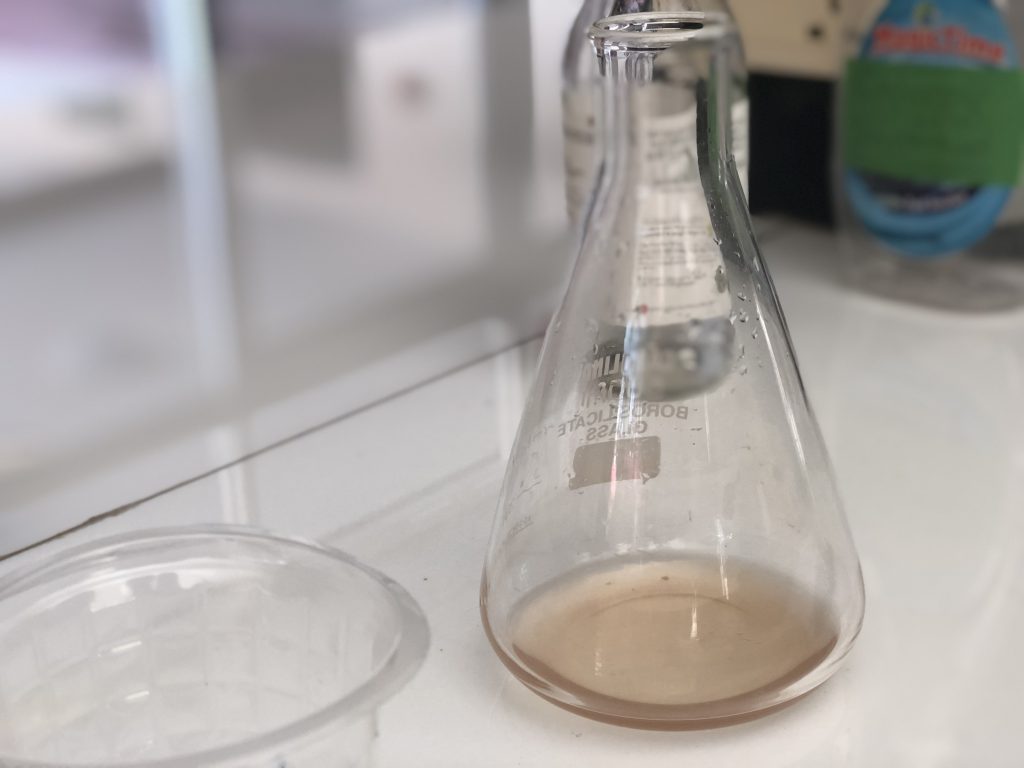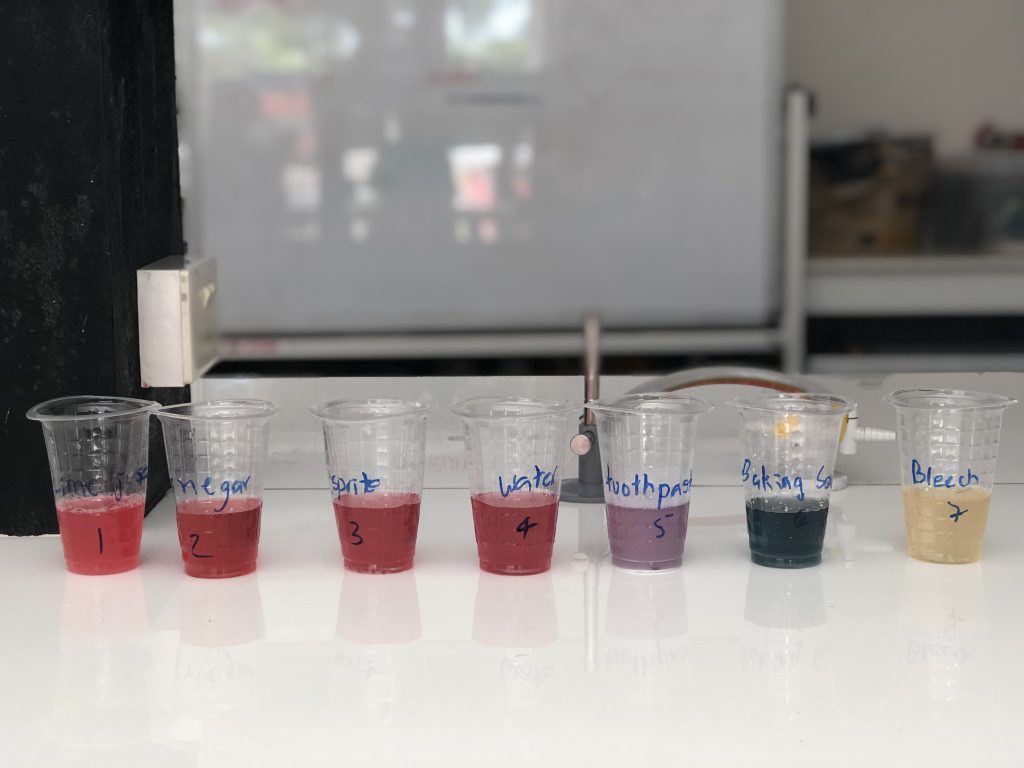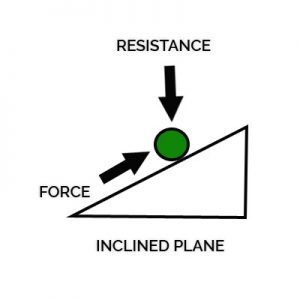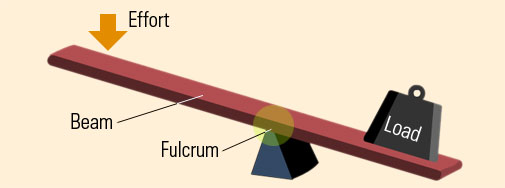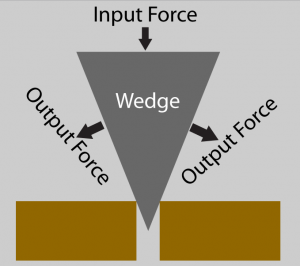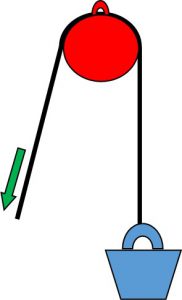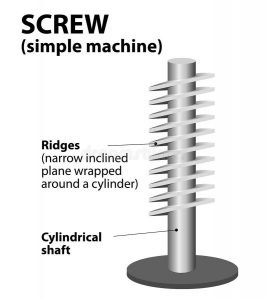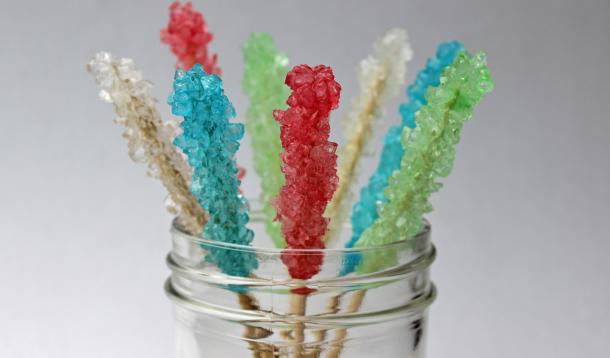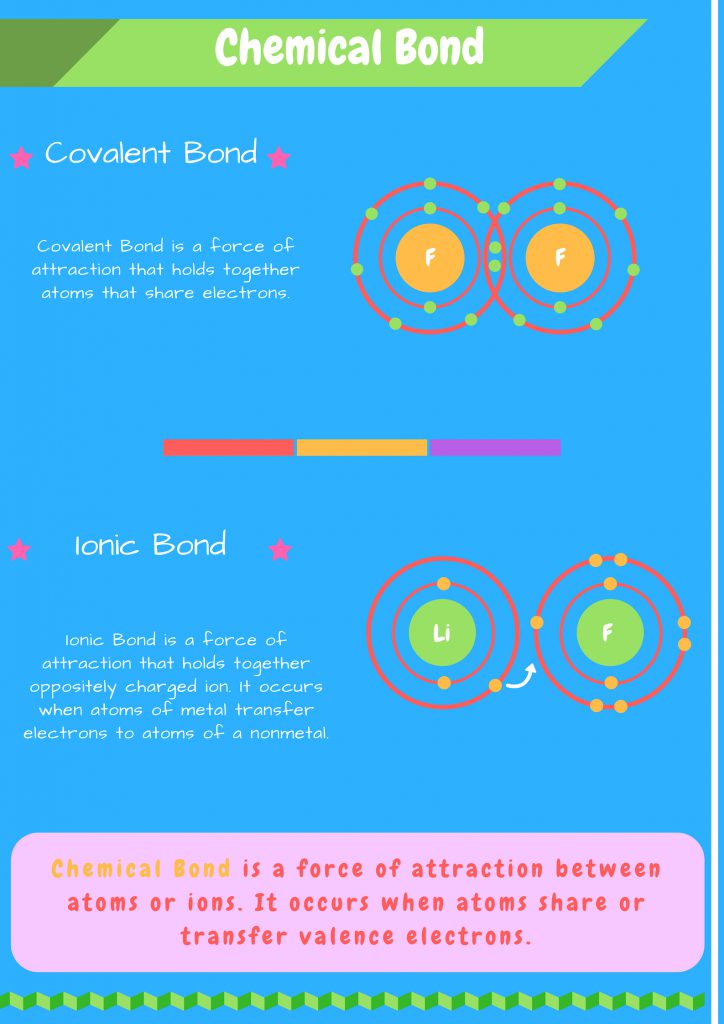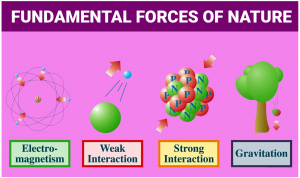March 2019, 2:00 pm
There was a day in March where we had an experiment. The experiment about acid, an ionic compound that produces positive hydrogen ions (H+) when dissolved in water and base, an ionic compound that produces negative hydroxide ions (OH-) when dissolved in water. It was the day where we understand more about these two substances.
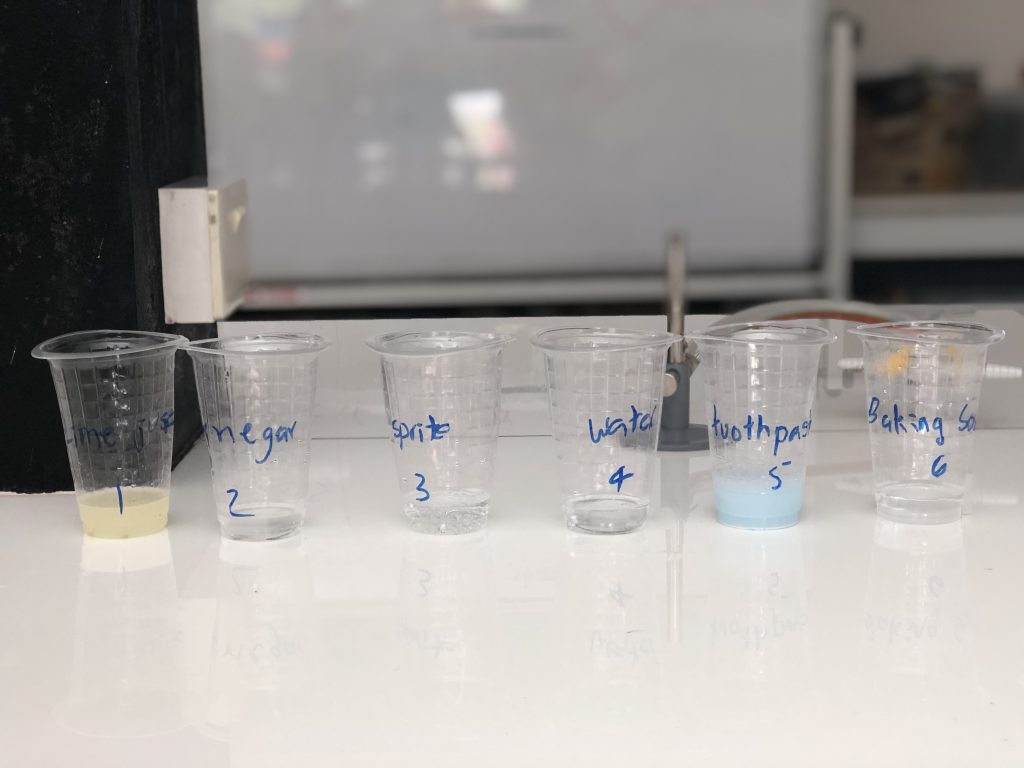
That day we were instructed to pour 20 milliliters of each solution into each cup. Those solutions were lemon juice, vinegar, sprite, water, toothpaste (with water solution), baking soda (with water solution), and bleach. We were told that these solutions represent different pH levels.
Later on, we poured the red cabbage indicator into each solution’s cup. Then we noticed the changes in color.
The clear sprite has turned into light red. The light blue toothpaste solution has turned into light purple. The other solutions also changed colors.
The final step that we did was to combine those solutions that were mixed with the indicator, together. We blended lemon juice with bleach, baking soda solution with vinegar and sprite with toothpaste solution. The result that we got was that they changed colors again.
The red lemon juice solution and light yellow bleach solution has turned into a red solution. This is because the solution has more acid than the base.
We were then asked to write a theory about this experiment and this is what I’ve written.
The reaction of acid and base is called neutralization where the products are water and salt. This neutralization helps to balance the solution but it depends on the concentrations of the acid and base in the solution. If you mix a high acid with a high base, it will produce water and salt and the solution will more likely to become neutral. If you mix a high base with a low acid or a low base with high acid, the solution won’t balance but it still produces water and salt. However, it will also contain a higher concentration of one side because of the leftover acid or base which makes it still be acidic or basic.
The Experiment has End!

